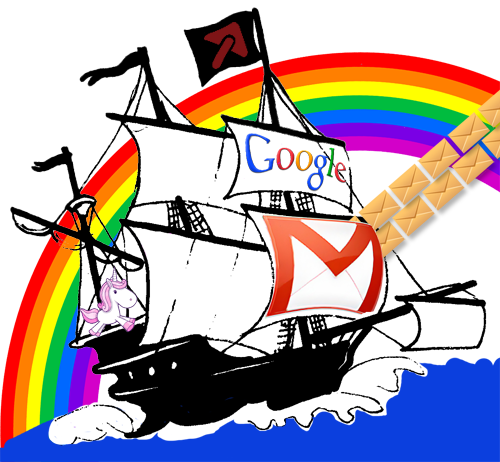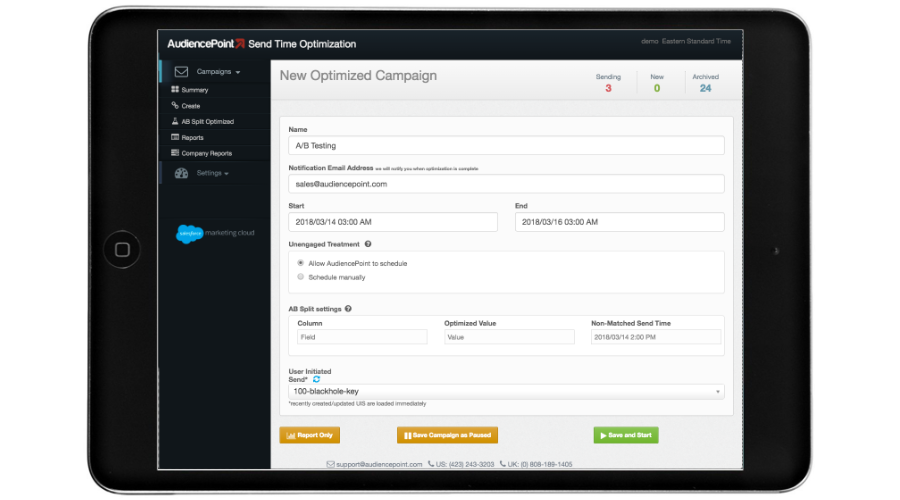In email marketing nothing is more important than making sure your subscribers get your emails. Understanding email deliverability...
When you’re beginning an email marketing customer engagement campaign, measuring email engagement is one of the key ways to know if your marketing efforts have been successful. Creating engagement in your emails is beneficial because it leads to a better experience for your email subscribers. It is also important because it directly impacts the bounce rates of emails sent from your accounts. Emails from accounts with low open rates are often rejected by servers or sent to spam, so it is important to make sure your subscribers are interacting with your emails. This article will cover what you need to know about email engagement, why it’s important, and how you can improve your email engagement rate.
What Is Email Engagement and Why Is It Important?
Email engagement measures how your email subscribers interact with your marketing emails. Email engagement rate is typically measured through specific metrics such as:
- Open rate
- Conversion rate
- Click-through rate
- Bounce rate
By working to improve these metrics, you will make your email marketing efforts more successful, and your subscribers will have a better experience reading your emails. This leads to positive brand awareness. You will also be less likely to have your emails bounced or sent to spam, as high engagement rates create higher trust for your accounts.
Email engagement is important because it acts as a measurement of success for an email marketing campaign. Tracking and improving your engagement metrics provides a way to set goals and measure your improvements.
How to Measure Email Marketing Success
There are many ways you can measure email marketing success. The best way to measure success is to think about your company’s goals and what you want to get out of sending marketing emails. Common measurements of email marketing success are:
- Conversions: Conversions through email are usually measured in sales, but they can be any results you want to achieve through email marketing, such as app installs, subscriptions, or filling out a form.
- Direct sales revenue: One of the most common indicators of email marketing success is the direct sales revenue that results from the emails you send. Direct sales revenue gives you a good indication of how well your emails convert into sales.
- Email percentage of total revenue: The percentage of your total revenue that results from emails can also be an indicator of success. If your emails start making up a larger percentage of your total leads and sales, it can show that your emails are becoming a successful portion of your overall marketing strategy.
- Return on investment (ROI): Email marketing ROI is an important metric that shows the revenue you gained compared to the expenses that went into creating your marketing emails. If you have a high ROI, it’s a good sign that your email marketing was a success.
- Website traffic: Email marketing success can be measured through website traffic gained from email clicks. Increased website traffic leads to more content views, sales, subscription sign-ups, etc., which are good indicators of success.
Once you know your company goals, you can use the metrics above to understand how email marketing impacts your bottom line.
What Is Email Engagement Rate?
Email engagement rate is calculated differently than something like the engagement rate of a social media post. If you were to calculate the engagement of a social media post, it would be the total number of interactions with the content divided by the follower count. However, people interact with email content a bit differently.
Not everyone who is influenced by a piece of email content will interact with it in the same way. This means that email engagement rate is best measured when it is split into separate metrics that can be measured and analyzed independently. The three most common email engagement metrics are open rate, conversion rate, and click-through rate. Analyzing these metrics will help you calculate email engagement and measure success.
Additionally, metrics aside, you can also judge the success of an email marketing campaign by engagement. For example, if the landing page in your email marketing campaign sees big traffic increases when your emails are sent out, this is a solid indicator that your campaign is successful.
How Is Engagement Rate Calculated?
Now that you know the three main email engagement metrics, here is how engagement is calculated for each one.
- Open rate: Email marketing open rate is the percentage of your email subscribers who open an email you sent to them. It is calculated through the formula (number of emails opened ÷ number of emails sent) x 100.
- Conversion rate: Conversion rate is calculated as a percentage of conversions, such as sales, divided by the number of email subscribers. It is calculated through the formula (number of conversions ÷ number of emails sent) x 100.
- Click-through rate: Click-through rate is calculated as a percentage of email link clicks divided by the number of subscribers. It is calculated through the formula (number of link clicks ÷ number of emails sent) x 100.
- Bounce rate: The number of bounced emails ÷ the number of emails sent.
Depending on the number of emails you send, making these calculations manually can quickly become time-consuming. If you want to calculate these metrics more easily, email marketing software and tools can help. AudiencePoint’s email insight software can help you track real-time data when you launch your email campaign, so you can view your metrics as you go and quickly make adjustments as needed.
How to Improve Email Engagement Rate
If you want to increase the success of your email marketing efforts, you may be wondering how you can improve your engagement rate. Common ways you can improve email engagement are:
- Write emails with one intent and goal in mind
- Have a clear call to action
- Make the design of your emails easy to read and eye-catching
- Make your content readable through short paragraphs and breaking up text chunks
- Understand your audience’s needs
- Create subject lines that grab attention
You will improve your email engagement rate significantly by working on each of these areas.
Conclusion
Email engagement measures how your audience interacts with your email content. Improving your engagement leads to greater email marketing success and improved relationships with your customers. It also lowers the chance that your emails will be bounced or labeled as spam in the future. Now that you know more about email engagement, you can begin to harness it to its full potential to create successful email marketing customer engagement campaigns.
Contact AudiencePoint to learn more today!




